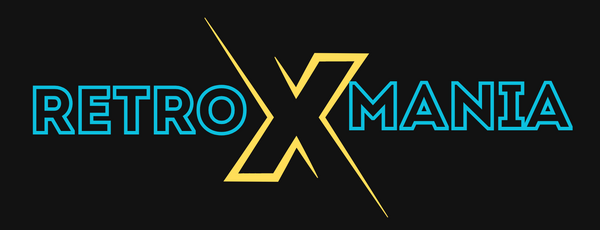Do you have a Raspberry Pi and want to turn this small device into a retro gaming console? This comprehensive guide will help you choose, install, and configure the perfect emulator to play your favorite retro games.
Why use a Raspberry Pi for retro gaming?
The Raspberry Pi is ideal for retro gaming thanks to its versatility, affordability, and active community of enthusiasts. It allows you to play thousands of retro games using emulators compatible with various consoles. Additionally, the Raspberry Pi is small, energy-efficient, and can be configured to your liking.
Choosing the Right Emulator for Raspberry Pi
The most popular emulators for retro gaming
Here are some of the most popular emulators for playing retro games on a Raspberry Pi:
- RetroPie : The most popular option for creating a retro gaming console. It supports many systems like NES, SNES, Sega Genesis, and many more.
- Recalbox : An alternative to RetroPie, known for its ease of installation and user-friendly interface.
- Lakka : Turns the Raspberry Pi into a games console with a PlayStation-like interface.
These emulators are all based on RetroArch, which means they share common features but offer specific interfaces and features.
Installing RetroPie on Raspberry Pi
Necessary equipment
Before you begin the installation, you will need the following:
- A Raspberry Pi 3 or 4 (more powerful for better performance).
- A case for Raspberry Pi (with or without touch screens )
- A microSD card of at least 32 GB (64 GB recommended).
- A microSD card adapter
- A power cable for the Raspberry Pi.
- A compatible keyboard and controllers .
- A computer with an SD card reader.
You can find its various elements in our accessories catalog by CLICKING HERE
RetroPie Installation Steps
- Download the RetroPie image: Go to the official RetroPie website and download the image compatible with your Raspberry Pi model.
- Burn the image to SD card: Use software like Balena Etcher to burn the RetroPie image to your microSD card.
- Insert the SD card into the Raspberry Pi: Insert the SD card into the Raspberry Pi, connect it to a display, and plug in the keyboard and controller.
- Launch RetroPie: Turn on your Raspberry Pi, and RetroPie will launch automatically. You will be guided through configuring your controller on first startup.
RetroPie Setup and Optimization
Adding games to RetroPie
To add games (ROMs) to RetroPie, you can use several methods:
- USB Drive : Create a folder called "retropie" on your USB drive, insert it into the Raspberry Pi, then add the ROMs.
- Wi-Fi : Connect RetroPie to your Wi-Fi network, then transfer files from a computer.
- FileZilla (FTP) : Use FileZilla to transfer ROMs directly via an FTP connection.
Configure graphics and audio settings
For an optimal gaming experience, adjust the following settings:
- Display resolution : Choose a resolution that fits your screen to avoid slowdowns.
- Graphics Filters : Apply filters to improve image quality without compromising performance.
- Audio Latency : Adjust the audio latency to avoid lags between picture and sound.
Additional optimizations and tips for beginners
Avoid overheating
The Raspberry Pi may become hot during extended gaming sessions. To prevent this:
- Choose a case with an integrated fan or heat sink .
- Monitor the temperature with tools like Pi Monitor .
Update RetroPie and Emulators
Make sure to keep RetroPie and your emulators up to date to take advantage of the latest improvements and bug fixes. You can easily update RetroPie directly from its interface.
Conclusion
Installing and configuring a retro gaming emulator on a Raspberry Pi may seem complex, but with the right steps, it's a very accessible project, even for beginners. Whether you choose RetroPie, Recalbox, or Lakka, you can transform your Raspberry Pi into a powerful and customizable retro gaming console. So, grab your controllers and get ready to relive the classics of video games!






